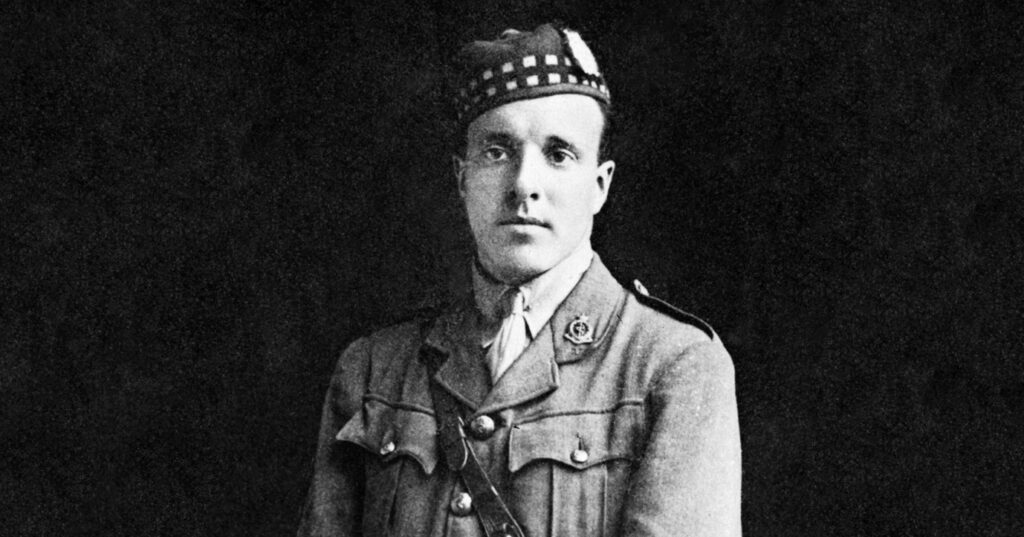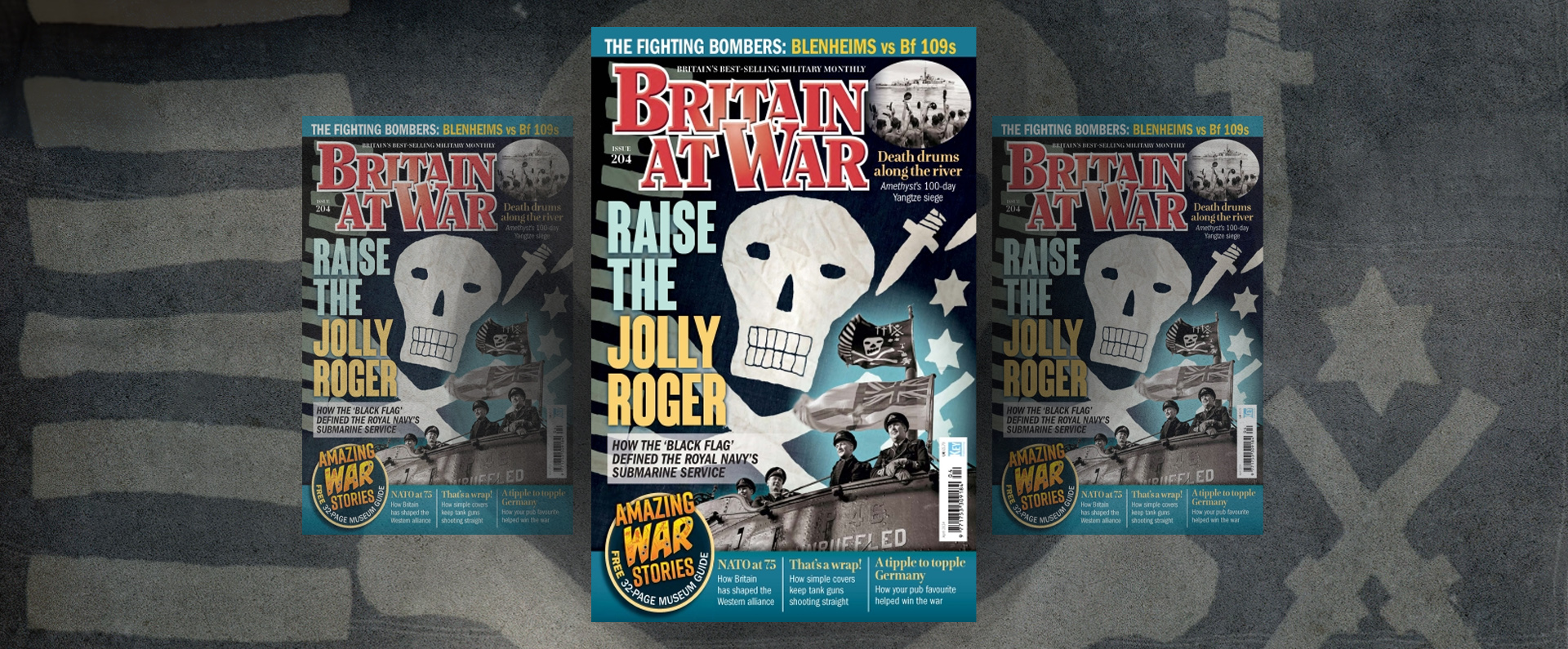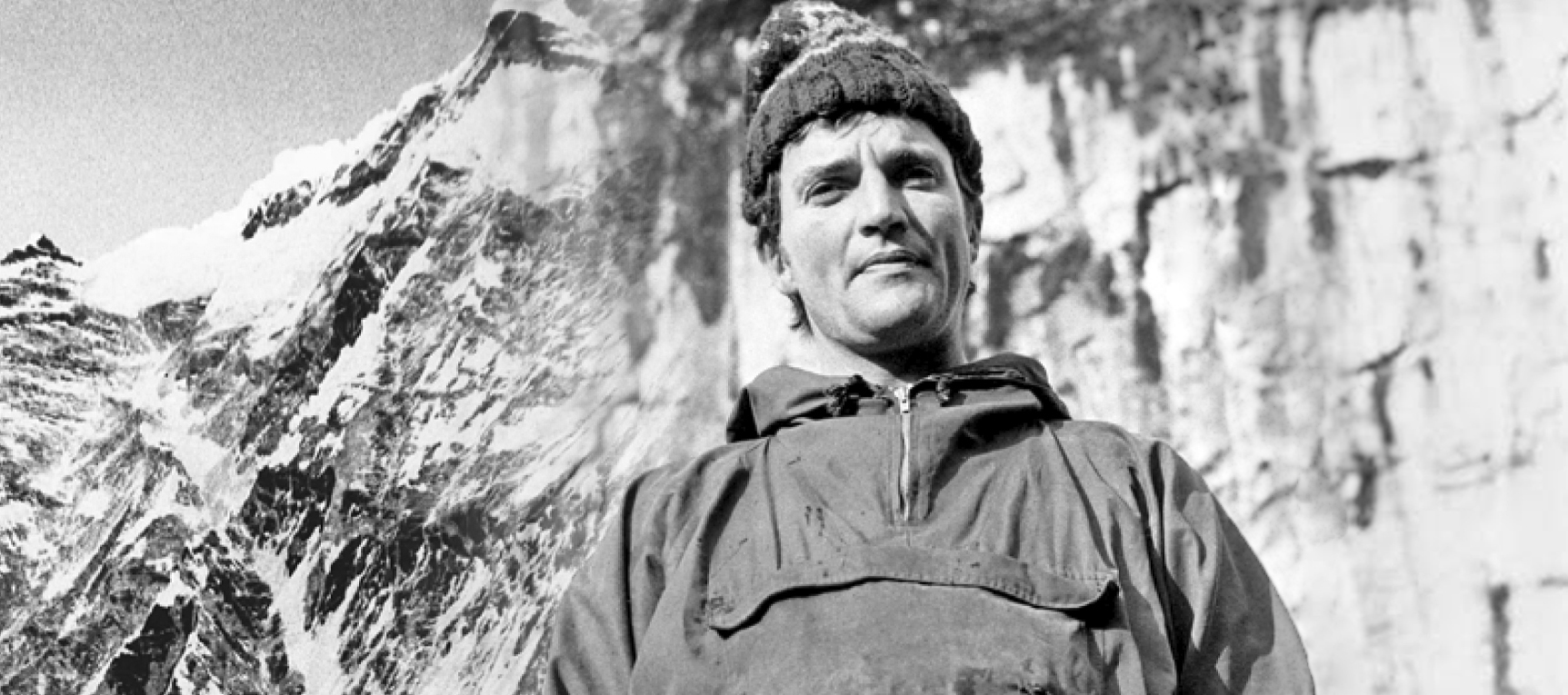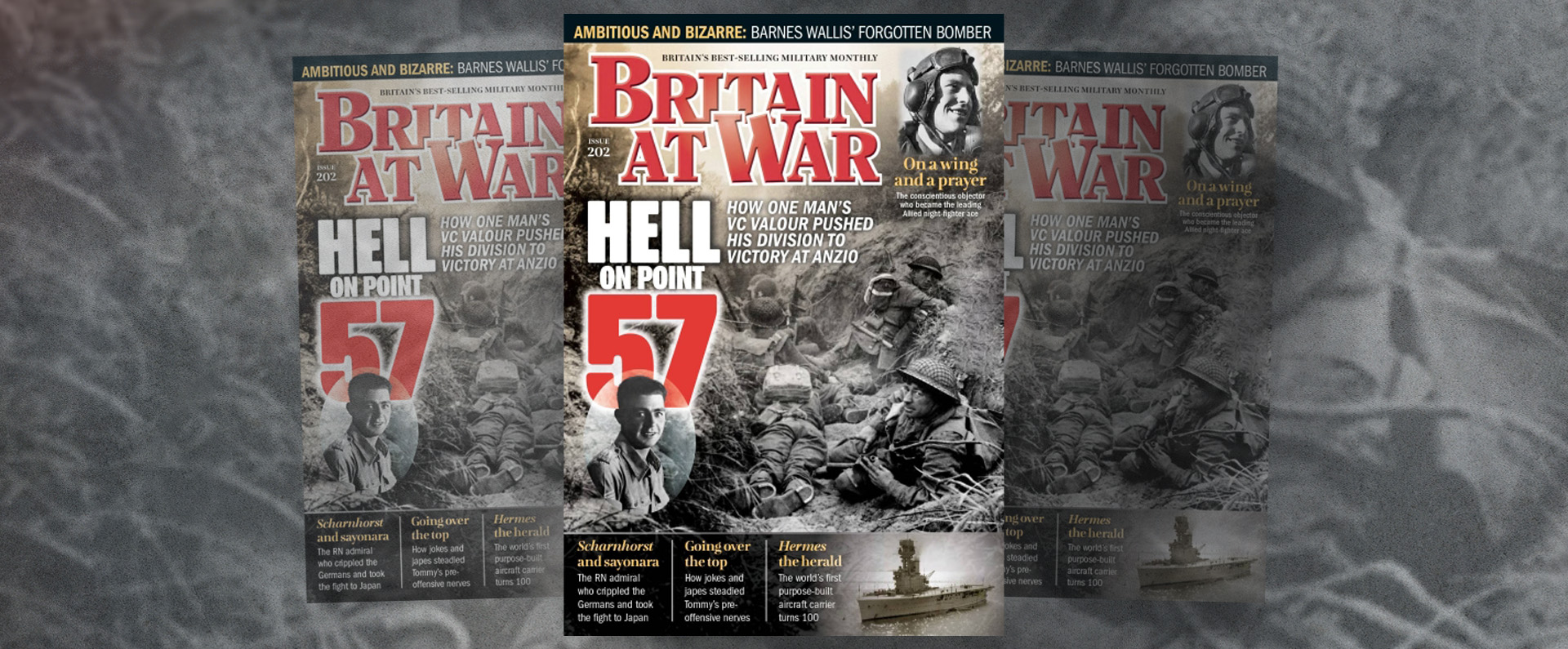
Published in Britain at War in October 2016.
Captain Noel Chavasse VC & Bar, MC: sacrifice
Noel Chavasse, narrowly the younger of identical twin boys, was born in the vicarage at St Peter le Bailey, Oxford, on 9 November 1884. When his father became the Bishop of Liverpool in 1900, Chavasse was educated at Liverpool College School, and in 1907 he graduated with first class honours in natural sciences from Trinity College, Oxford.
While at university, Chavasse, who was one of seven children, was a talented sportsman, earning blues for athletics and lacrosse. Indeed, he and his twin brother, Christopher, represented Britain in the 1908 Olympics, both running the 400 metres. After qualifying as a doctor in 1912, Noel Chavasse became house physician at the Royal Southern Hospital, Liverpool and the following year he became house surgeon at the same hospital.
As the Great War loomed, Chavasse was commissioned as a lieutenant into the Royal Army Medical Corps (RAMC). After the outbreak of hostilities, he served in France and Belgium, where he was attached to the 10th King’s (Liverpool Scottish).
This battalion saw action in June 1915 at Hooge, near Ypres, when Chavasse continually went into no-man’s land for nearly 48 hours until he was satisfied that there were no more wounded men who needed treatment. He was awarded the Military Cross (MC) for his courage.
On 27 July 1916, the battalion was moved to trenches in front of Guillemont. Although unable to reconnoitre the enemy positions, they still attacked at 4.20 am on 9 August.
A few hours later, they had sustained 189 casualties out of 600 men. Chavasse attended to the wounded all day under heavy fire, frequently in view of the enemy. During the night, he searched for injured men directly in front of the enemy lines.
The next day, he recruited a stretcher-bearer and, under heavy shell-fire, carried a critically injured man 500 yards to safety. On the return journey, Chavasse was wounded but it did not stop him from further sterling deeds that night.
Helped by twenty volunteers, he rescued three wounded men from a shell-hole just twenty-five yards from the enemy trenches. He also buried the bodies of two officers and collected numerous identity discs from dead soldiers. It was estimated that during those two days, Chavasse saved the lives of some twenty seriously wounded men as well as treating countless “ordinary” cases that passed through his hands.
Chavasse’s VC was announced in London Gazette on 26 October 1916, when his citation concluded: “His courage and self-sacrifice were beyond praise.”
By the summer of 1917, the battalion moved to trenches near Wieltje, to the north-east of Ypres. Preparations were made for what was to be the third Battle of Ypres – an attempt to recapture the Passchendaele Ridge. The new offensive began on 31 July and the Liverpool Scottish, poorly protected against the enemy’s mustard gas, lost two officers and 141 other ranks.
On the first evening of the battle, Chavasse was wounded in the skull. He had his injury bandaged but he refused to be evacuated. Time and again, under heavy fire and in appalling weather, he went into no-man’s land to search for and attend to the wounded. With virtually no food, in great pain and desperately weary, he saved numerous lives. In the early hours of 2 August, he was finally taking a rest at his aid post when it was struck by a shell.
Everyone in the post was either killed or wounded. Chavasse himself suffered at least six injuries but he crawled for half a mile to get help for the others. He was taken through Ypres to the 46th Field Ambulance and then on to the 32nd Casualty Clearing Station, but his face was unrecognisable and he had a serious wound to the abdomen.
After an operation on the latter injury, he found the strength to dictate a letter to his fiancée (and cousin), Gladys Chavasse, in which he explained why he had carried on working in spite of his injuries. He insisted “duty called and called me to obey”. He died at around 1 pm on 4 August, aged thirty-two.
During August, Chavasse’s parents were inundated with letters praising their lost son. Brigadier-General L.G. Wilkinson, who commanded the 166th Brigade until April 1917, wrote: “I constantly met your son and appreciated his work. He was quite the most gallant and modest man I have ever met, and I should think the best-liked. What he did for his battalion of Liverpool Scottish was wonderful, and his loss to them is irreparable. I do not believe a man of more noble character exists.”
The bar to Chavasse’s VC was announced on 14 September 1917 when the citation praised his “extraordinary energy and inspiring example”. The posthumous decoration was later presented to his family. He was the only VC & Bar of the Great War and one of only three in the entire 160-year history of the VC.
Chavasse is buried in the Brandhoek New Military Cemetery, Belgium, where his headstone bears a representation of two VCs. The inscription in the white stone, chosen by his father, reads: “Greater love hath no man than this, that a man lay down his life for his friends.”
Since his death, Chavasse has had at least sixteen memorials dedicated to his memory, including one at Liverpool Cathedral. The total of memorials is greater than for any other VC holder in the world.
Decades ago, Captain Chavasse’s service and gallantry medals were left by his family to St Peter’s College, Oxford. However, in 2009, after lengthy private negotiations, the college agreed a deal to sell his medal group to me for an undisclosed sum.
I felt hugely privileged to add the Chavasse medals to my medal collection, which now totals 197 VCs. I had long felt that my VC collection would never be complete until it had one of the three VCs and bars that have been awarded since the decoration was instituted by Queen Victoria in 1856.
Download a PDF of the original Britain at War article
For more information, visit:
LordAshcroftOnBravery.com


